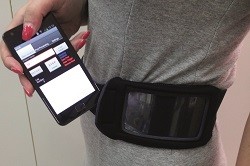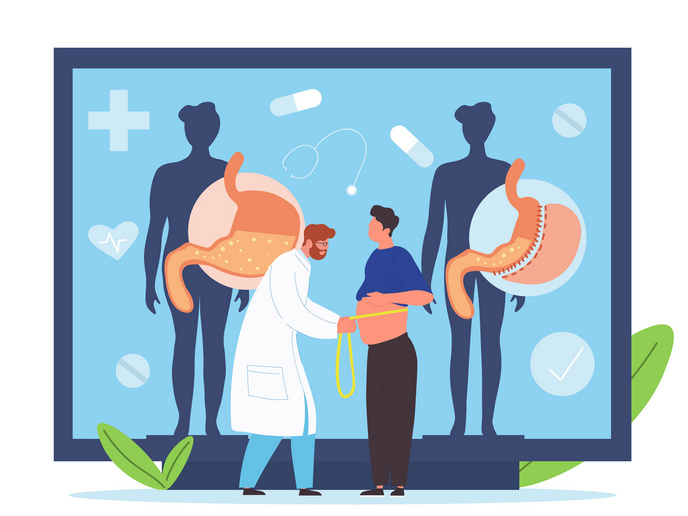Far-reaching benefits for keeping an ageing population active
Thanks to an array of smart devices and applications geared specifically towards the needs of senior citizens, Europe’s ageing population can continue to live the life they want throughout their golden years. Take falling as an example. Not so long ago, just the mere risk of a fall could be detrimental to one’s overall well-being – with many elderly citizens opting to give up independent living in favour of a nursing home as a way to mitigate the risk. But as a result of the FARSEEING project’s innovative technology, the elderly can now depend on smart devices to better predict and prevent falls. For instance, the project’s dedicated app helps monitor activity and provide real-time fall detection. Smartphones using the FARSEEING architecture also act as a front-end for the system’s fall alarm feature, along with generating reminders and motivational messages in support of the project’s ICT-based intervention strategy. Other devices developed within the project include a wearable sensing unit for long-term activity monitoring and fall detection, and a fall risk assessment tool. As a result of its technological infrastructure, fall repository, telemedicine service, specialised algorithm, and extensive research into users’ interactions with technology, FARSEEING has made independent living a realistic option even for high risk subjects. Together, these devices have collected data from nearly 2 000 individuals. Between January 2012 and December 2015, over 300 real-world fall events were recorded, making the backend database the largest collection of real-world fall data. This data, in turn, has proved invaluable to other research. ‘Our intention was to use FARSEEING as a foundation to build from, maximising the opportunities provided by ICT within the field of fall prediction, detection and prevention,’ says Sabato Mellone, PhD, who was responsible for the project’s technological development and implementation. Embedding healthcare into our daily lives One way to accomplish this is to commercialise FARSEEING’s technology into marketable medical devices available to the mass market – which is exactly what mHealth Technologies is doing. A spin-off company of the University of Bologna, mHealth Technologies is making use of some FARSEEING-derived systems, with the end goal of giving elderly citizens the freedom of mobility. The company is proposing an array of wearable and mobile solutions for monitoring, assessing and rehabilitating the motor functions of an ageing population. ‘Through our portfolio of mobile products and services, we aim to take healthcare out of the hospital and embed it into people’s lives,’ says mHealth Technologies’ Carlo Tacconi. ‘To accomplish this, we first must overcome one of the main obstacles for the adoption of new technologies in healthcare: gaining certification as a medical device.’ On this point, the company is leaning heavily on the experience of the FARSEEING project. According to EU regulations, all ICT-based intervention requires that the system be certified as a medical device. ‘It is very hard to design, develop and validate a new device, a software component or a new intervention method and, on top of this, also certify the system as a medical device,’ explains Mellone. ‘Although the system components developed in FARSEEING are certifiable, it was not feasible to obtain certification within the project lifetime, thus the importance of cooperation with companies like mHealth Technologies.’ mHealth Technologies began the certification process for the development and marketing of medical devices in late 2015. Certification for its initial medical devices, a smartphone-based functional assessment tool, is expected in the second half of 2016. ‘Both FARSEEING and mHealth Technologies are aligned in our commitment to personalising healthcare by improving our ability to monitor health and using technology to better prevent, detect, treat and manage disease,’ says Mellone. ‘It is through technology that we can ensure that older persons remain active, healthy and independent.’ Preventing age-related functional decline In addition to its impact on mHealth Technologies, FARSEEING’s work is also set to further benefit the development of mobile technology for healthcare related use. Most of FARSEEING’s smartphone-based solutions will be exploited in the new PREVENTIT project, part of the Horizon 2020 framework programme for research and innovation. Seeing modern developments in mobile technology as an excellent starting point to enable active and healthy living, the PREVENTIT project aims to develop and test a personalised ICT-based intervention aimed at behavioural change in people who have recently retired, so as to decrease the risks of age-related functional decline. ‘Being the foundation for this project, along with its ongoing impact at mHealth Technologies, shows just how far-reaching the FARSEEING project has been – having a positive influence on thousands of aging European citizens for years to come,’ concludes Mellone.
Keywords
FARSEEING, mHealth Technologies, PREVENTIT, fall prevention, medical devices, smart devices, applications, independent living







